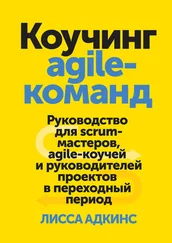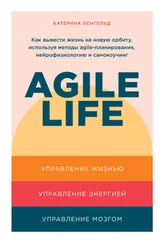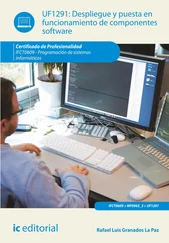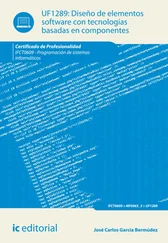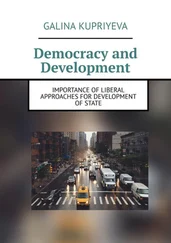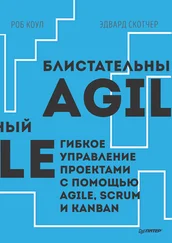This design language-game was played in 1982. At that time, desktop laser printers only existed in advanced research laboratories, and certainly typographers had never heard of them. To them, the idea of a cheap laser printer was "unreal ."
It was our responsibility as professional designers to be aware of such future possibilities and to suggest them to the users. It was also our role to suggest this technical and organizational solution in such a way that the users could experience and envision what it would mean in their practical work, before the investment of too much time, money, and development work. Hence, the design game with the mockup laser printer. The mockup made sense to all participants--users and designers (Ehn & Kyng, 1991).
This focus on nonlinguistic design artifacts is not a rejection of the importance of linguistic ones. Understood as triggers for our imagination rather than as mirror images of reality, they may well be our most wonderful human inventions. Linguistic design artifacts are very effective when they challenge us to tell stories that make sense to all participants.
Practical Understanding and
Propositional Knowledge
There are many actions in a language-game, not least in the use of prototypes and mockups, that cannot be explicitly described in a formal language. What is it that the users know, that is, what have they learned that they can express in action, but not state explicitly in language? Wittgenstein (1953) asks us to "compare knowing and saying: how many feet high Mont Blanc is--how the word 'game' is used--how a clarinet sounds. If you are surprised that one can know something you are perhaps thinking of a case like the first Certainly not of one of the third."
In the UTOPIA project, we were designing new computer applications to be used in typographical page makeup. The typographers could tell us the names of the different tools and materials that they use such as knife, page ground, body text, galley, logo, halftone, frame, and spread. They could also tell when, and perhaps in which order, they use specific tools and materials to place an article. For example, they could say, "First you pick up the body text with the knife and place it at the bottom of the designated area on the page ground. Then you adjust it to the galley line. When the body text fits you get the headline, if there is not a picture," and so forth. What 1, as designer, get to know from such an account is equivalent to knowing the height of Mont Blanc. What I get to know is very different from the practical understanding of really making up pages, just as knowing the height of Mont Blanc gives me very little of understanding the practical experience of climbing the mountain.
Knowledge of the first kind has been called propositional knowledge. It is what you have
"when you know that something is the case and when you also can describe what you know in so many words" (Nordenstam, 1985). Propositional knowledge is not necessarily more reflective than practical understanding. It might just be something that I have been told, but of which I have neither practical experience nor theoretical understanding.
The second case, corresponding to knowing how the word game is used, was more complicated for our typographers. How could they, for example, tell us the skill they possess in knowing how to handle the knife when making up the page in pasteup technology? This is their practical experience from the language-games of typographic design. To show it, they have to do it.
And how should they relate what counts as good layout, the complex interplay of presence and absence, light and dark, symmetry and asymmetry, uniformity and variety? Could they do it in any other way than by giving examples of good and bad layouts, examples that they have learned by participating in the games of typographical design? As in the case of knowing how a clarinet sounds, this is typically sensuous knowing by familiarity with earlier cases of how something is, sounds, smells, and so on.
Practical understanding--in the sense of practical experience from doing something and having sensuous experiences from earlier cases--defies formal description. If it were transformed into propositional knowledge, it would become something totally different.
It is hard to see how we as designers of computer systems for page makeup could manage to come up with useful designs without understanding how the knife is used or what counts as good layout. For this reason we had to have access to more than what can be stated as explicit propositional knowledge. We could only achieve this understanding by participating to some extent in the language-games of use of the typographical tools. Hence, participation applies not only to users participating in the language-game of design, but perhaps more importantly to designers participating in use. Some consequences of this position for organizing design language-games will be discussed in the following.
Rule Following and Tradition
Now, I turn to the paradox of rule-following behavior. As mentioned, many rules that we follow in practice can scarcely to be distinguished from the behavior in which we perform them. We do not know that we have followed a rule until we have done it. The most important rules we follow in skillful performance defy formalization, but we still understand them. As Michael Polanyi (1973), the philosopher of tacit knowledge, has put it: "It is pathetic to watch the endless efforts--equipped with microscopy and chemistry, with mathematics and electronics--to reproduce a single violin of the kind the half-literate Stradevarius turned out as a matter of routine more than 200 years ago." This is the traditional aspect of human rule-following behavior. Polanyi points out that what may be our most widely recognized, explicit, rule-based system--the practice of Common Law--also uses earlier examples as paradigm cases. Says Polanyi, "[Common Law] recognizes the principle of all traditionalism that practical wisdom is more truly embodied in action than expressed in the rules of action." According to Polanyi this is also true for science, no matter how rationalistic and explicit it claims to be: "While the articulate contents of science are successfully taught all over the world in hundreds of new universities, the unspecifiable art of scientific research has not yet penetrated to many of these." The art of scientific research defies complete formalization; it must be learned partly by examples from a master whose behavior the student trusts.
Involving skilled users in the design of new computer application when their old tools and working habits are redesigned is an excellent illustration of Polanyi's thesis. If activities that have been under such pressure for formalization as Law and Science are so dependent on practical experience and paradigm cases, why should we expect other social institutions that have been under less pressure of formalization to be less based on practical experience, paradigm cases, and tacit knowledge?
Rule Following and Transcendence
If design is rule-following behavior, is it also creative transcendence of traditional behavior. Again, this is what is typical of skillful human behavior, and is exactly what defies precise formalization. Through mastery of the rules comes the freedom to extend them. This creativity is based on the open-textured character of rule-following behavior. To begin with, we learn to follow a rule as a kind of dressage, but in the end we do it as creative activity (Dreyfus & Dreyfus, 1986). Mastery of the rules puts us in a position to invent new ways of proceeding. As the Wittgenstein commentator Alan Janik has put it: "There is always and ineliminably the possibility that we can follow the rule in a wholly unforeseen way. This could not happen if we had to have an explicit rule to go on from the start . . . the possibility of radical innovation is, however, the logical limit of description. This is what tacit knowledge is all about" (Janik, 1988). This is why we need a strong focus on skill both in design and in the use of computer systems. We focus on existing skills, not at to inhibit creative transcendence, but as a necessary condition for it.
Читать дальше

